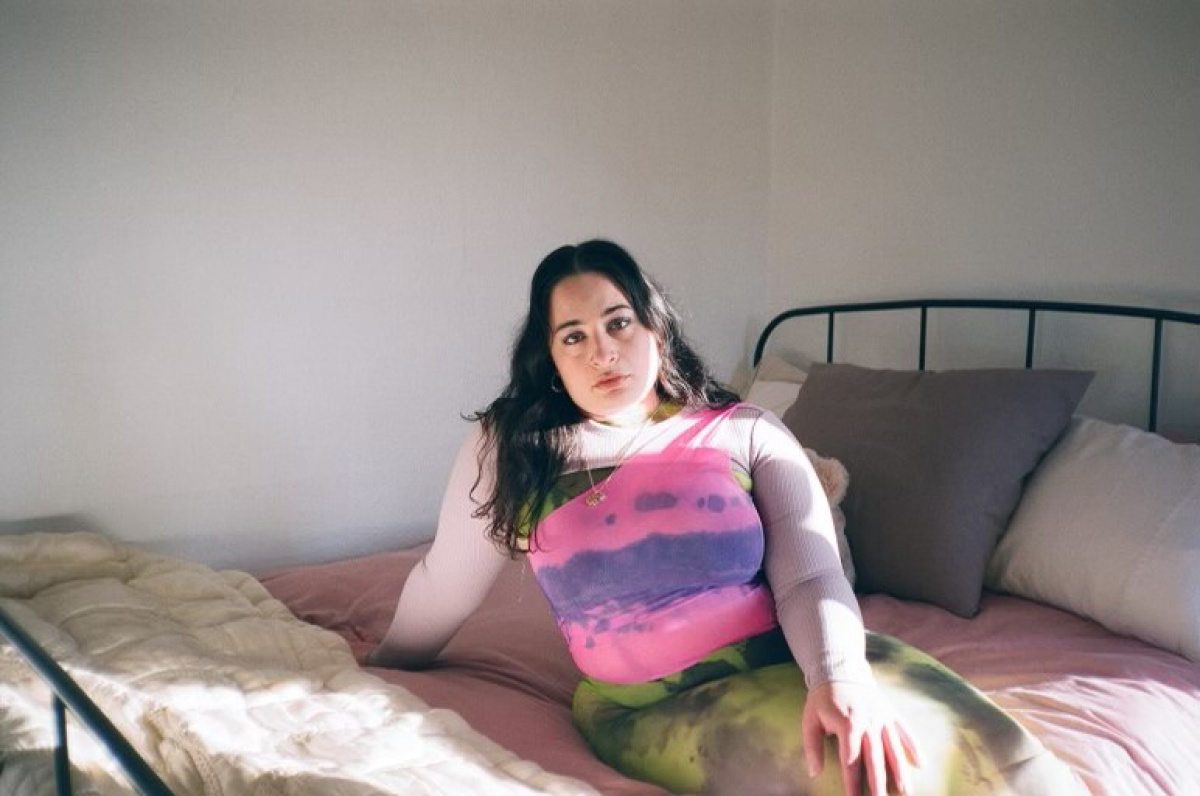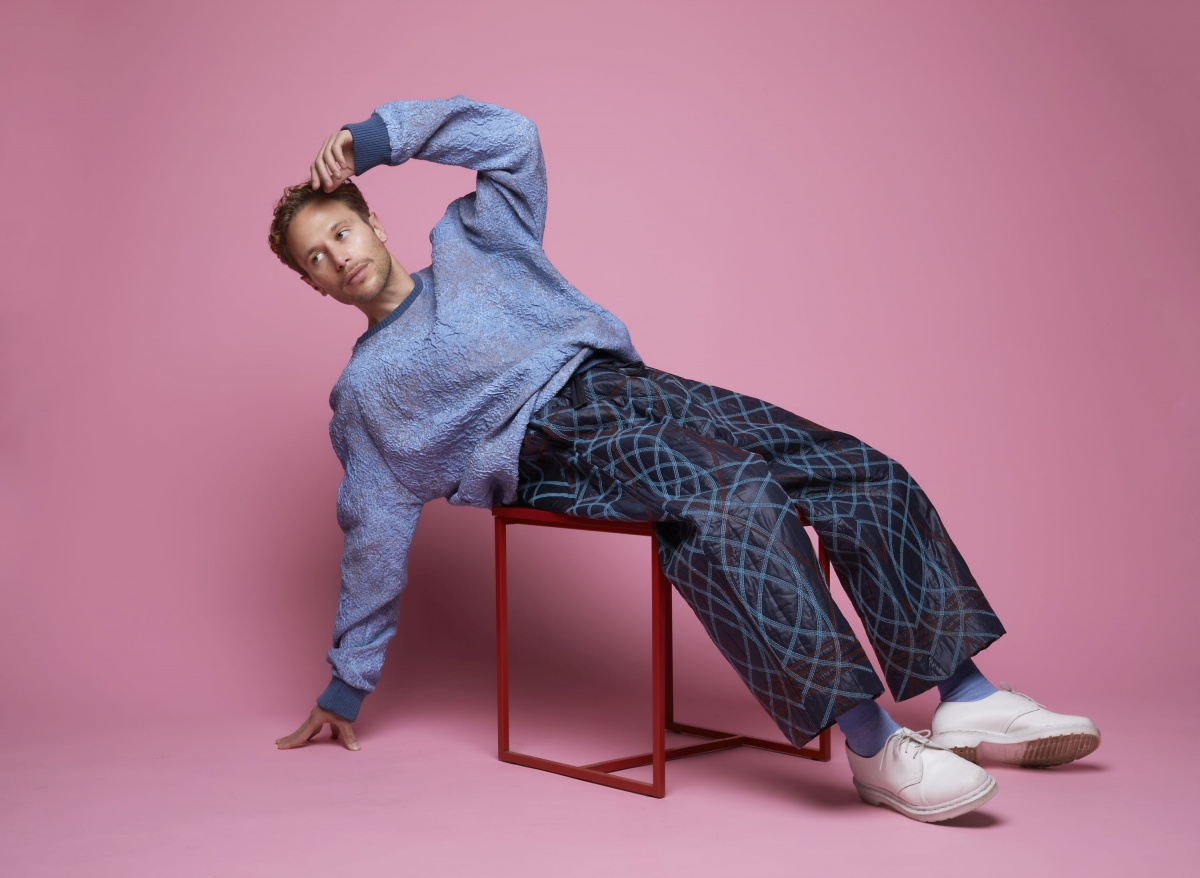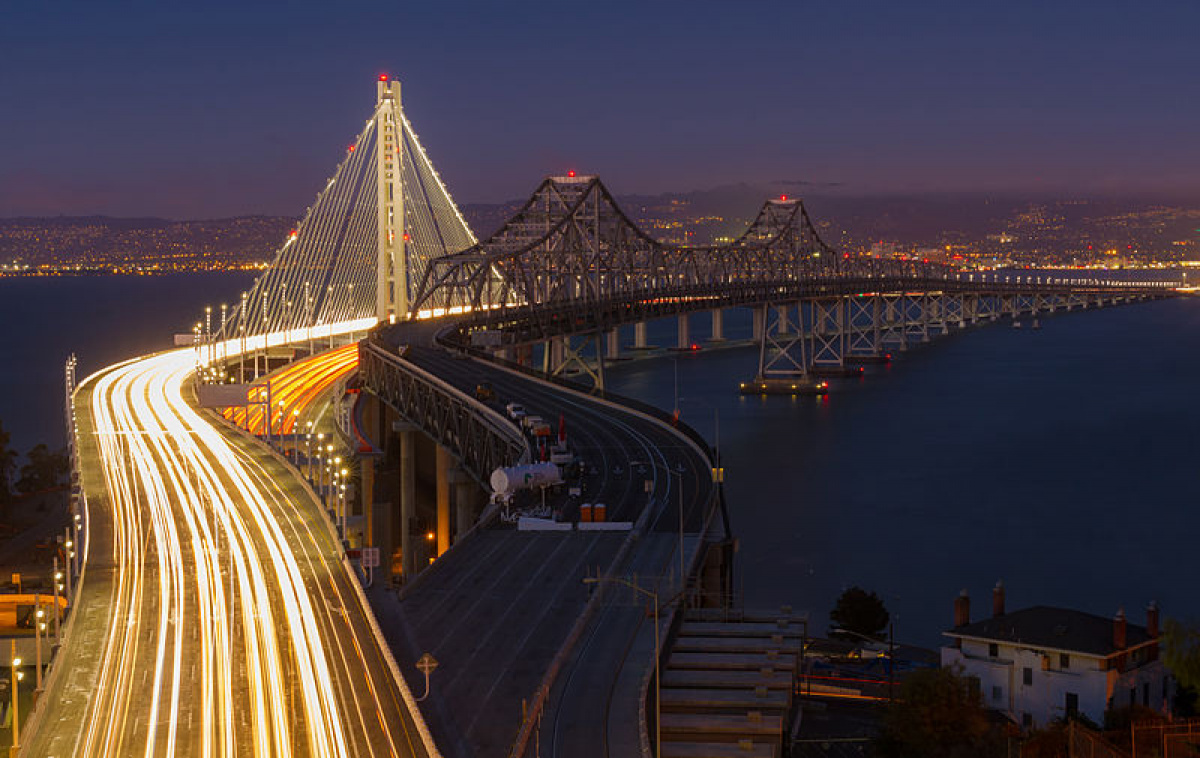
Living in Spectrums
In her episode for our podcast series Timezones, Bay Area-based artist Lara Sarkissian interviewed some of her collaborators and companions. One theme that recurs throughout the piece is the region’s interdisciplinary artistic footprint. In this essay, our author affirms this observation, traces it back to her own biography rooted between cultures and disciplines, and speculates on the fruitful potential of multidisciplinarity for creative processes.
All work is the same work. That’s what I tell people who ask me how I came to be a culture writer even though I studied biology in college. My shift from biology to writing wasn’t pained or discordant. It’s what artist Nadia Shihab, when describing her work in this Timezones episode, calls «a general entanglement of genres and forms». My dominant curiosities have remained with me all my conscious life. What has changed is the form.
Driven by Foundational Curiosities to Create
Those curiosities – my interest in systems and power, both natural and unnatural – lead me to biology first. Ecology turned out to be an appealing framework through which to try to understand the world, and when I returned home to the Bay Area it was a lens through which to explore the cultural and social ecosystems around me. Some analogies fit and others were awkward and discarded. Nonetheless, it remains fortuitous that the Bay is open to equivalences and shifts like mine. As a culture writer here, I took on an ecological framework, asking: how does a creative community function? What conditions – from policy to infrastructure to history – cultivate artistic possibility in a person and a place? Through this work I met artists like 8ULENTINA and Sofía Córdova who were similarly resisting single disciplines. Moving between and around different mediums, institutions, and margins, they were driven by their own foundational curiosities to create. Form came second.
This resistance to specializing in one instrument is maybe better contextualized by acknowledging the pressure artists feel to categorize their work neatly and forevermore. This insistence is an impulse entirely unnatural. Our own human history is too murky, too bloody for definitive boundaries and borders. «Whether that is how I practice my feminisms or how I am a queer person or the fact that I come from a colonized country that itself is the product of a violent mestizaje – I’m an afroindigenous person because of terrible histories of colonialism – but that is my reality. So there is no space, in my life really, to just work in one avenue», says Sofía regarding their art practice, that started in large-scale photography and has grown into sound, performance, music, and more.
The Original Premise of an Artist
And so in the Bay – specifically in its creative community – our interest in identities is a means to complicate them. An ethnic identity, for example, isn’t necessarily investment in nationalism, a racial identity can better be understood through a lens of colorism, sexuality is considered on a spectrum under the influence of time, and so on. These are dynamic states of being and so multidisciplinarity is a default for many artists. Shifts in disciplines and mediums are less jarring here. They happen as they need to happen – sometimes driven by economic and material scarcity. Artists are certainly not benefiting in any sustained way from the tech presence in our region. Other times, shifts are expansions sustained through collaboration with other artists. Fundamentally, I sense they’re driven by honesty – which is to say they follow the original premise that drives artists to create.
What is the truth? About ourselves and each other? In the interest of finding answers or finding new processes to ask these questions, it’s only natural that we use each tool we have access to, hybridize instruments when we’re called to and open ourselves to new languages and technologies. We ourselves are under the influence of many cultures, many systemic forces and pressures, natural and unnatural. Our identities – ethnic, sexual, gender – live in spectrums that better capture their dynamism. Our work will reflect these forces, the tensions and contradictions. Bay Area electronic music artist 8ULENTINA said it best: «When we make a creative world for ourselves to exist in, when we create a context for ourselves, we’re really creating an extension of our physical selves.»
The Timezones podcast series plunges into the world of artists and their practices, asking: what does living and working in culture and the arts involve in different countries, cities, and contexts today? The artists’ thoughts on their moods, their social, political, and intellectual realities and their philosophies (of life) have been worked up into experimental audio collages.
The podcasts run the gamut of formats and content, from straight journalism to experimental and documentary approaches, ethnography and fiction, sound art, and improvisation. The Timezones series endeavours to create new artistic forms of storytelling, listening and exchange across the boundaries of geography, time zones, genres, and practices.
The Timezones Podcast Series is co-initiated and co-produced by Norient and the Goethe-Institut.

Biography
Links
Shop

Published on September 30, 2021
Last updated on April 10, 2024
Topics
A form of attachement beyond categories like home or nation but to people, feelings, or sounds across the globe.
From machine-assisted musicking to the struggle of creating under precarious circumstances and in a world in which work rules everything.
Ecology describes the relationships among living organisms. At Norient, we add sounds and music, asking, for instance: what does a field recording tell about the environment it was recorded?

